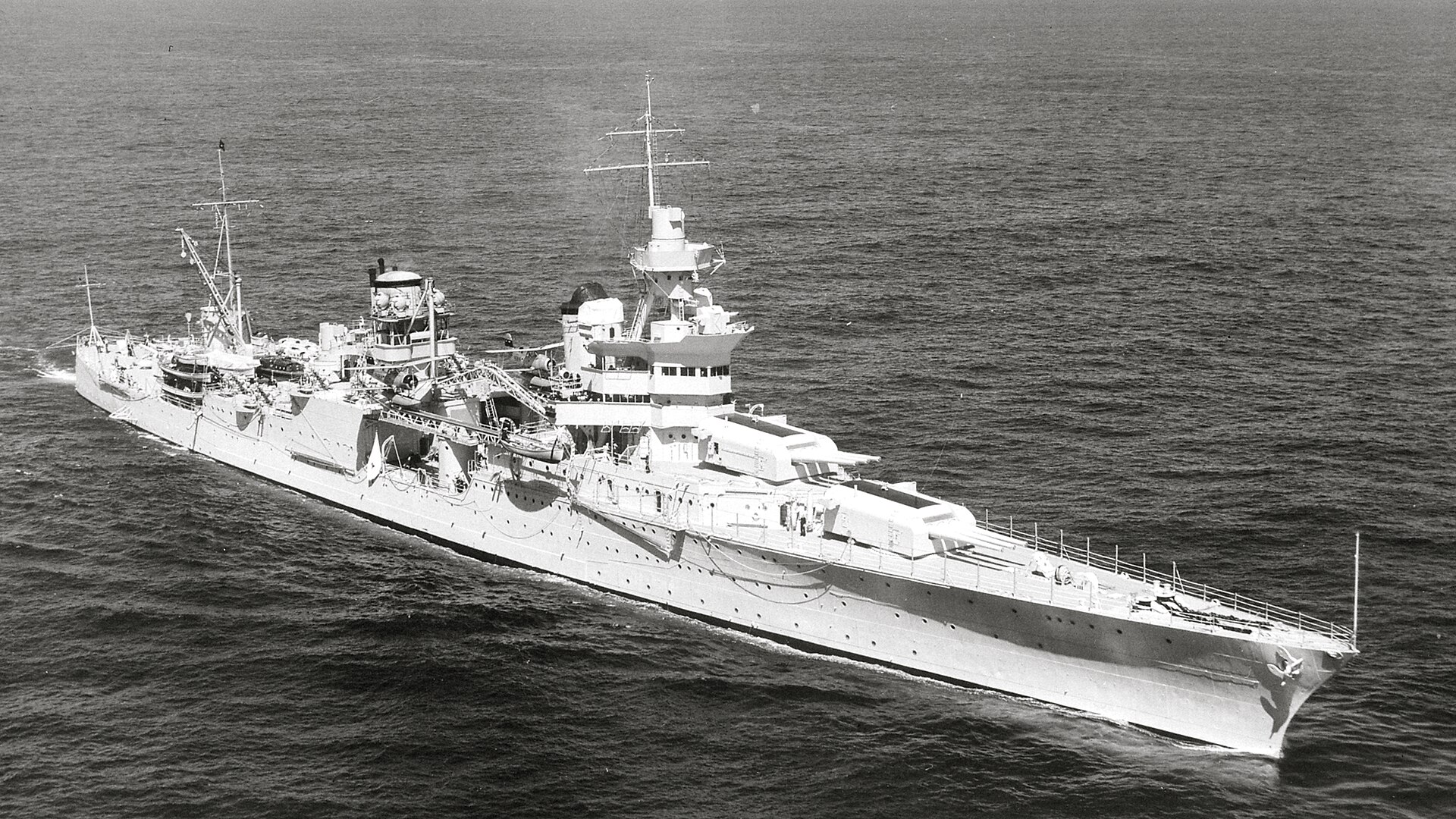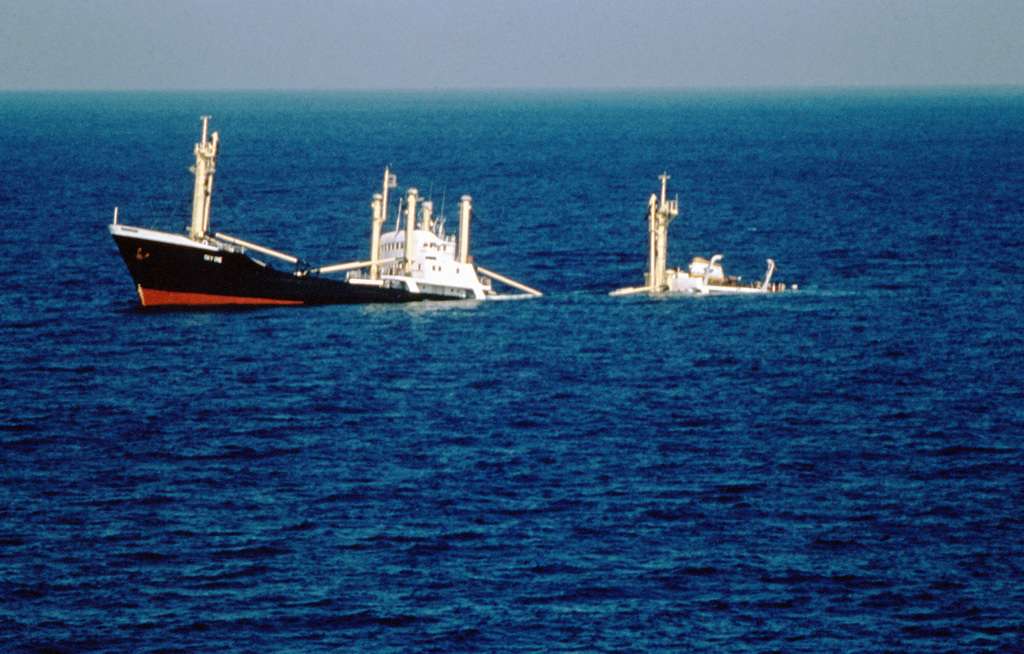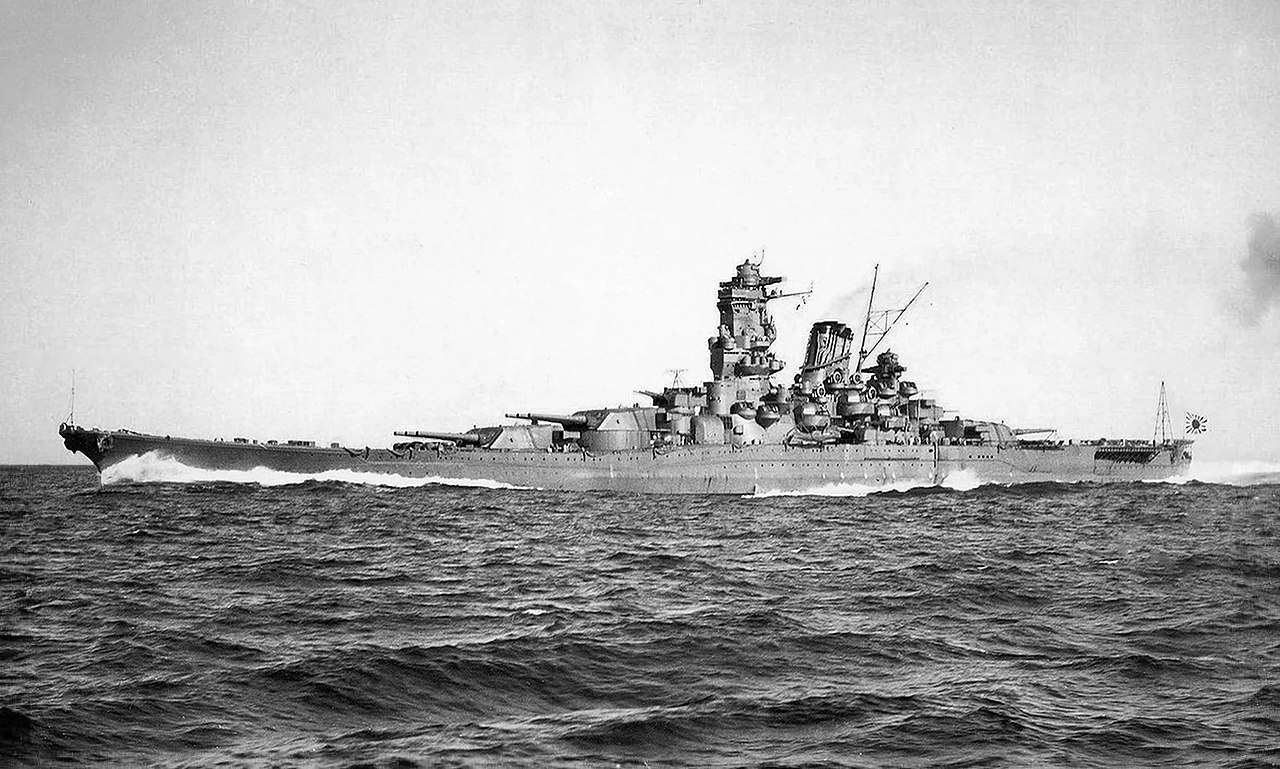The USS Indianapolis (CA-35) was a Portland-class heavy cruiser of the United States Navy, commissioned on 15 November 1932 at the Philadelphia Navy Yard.
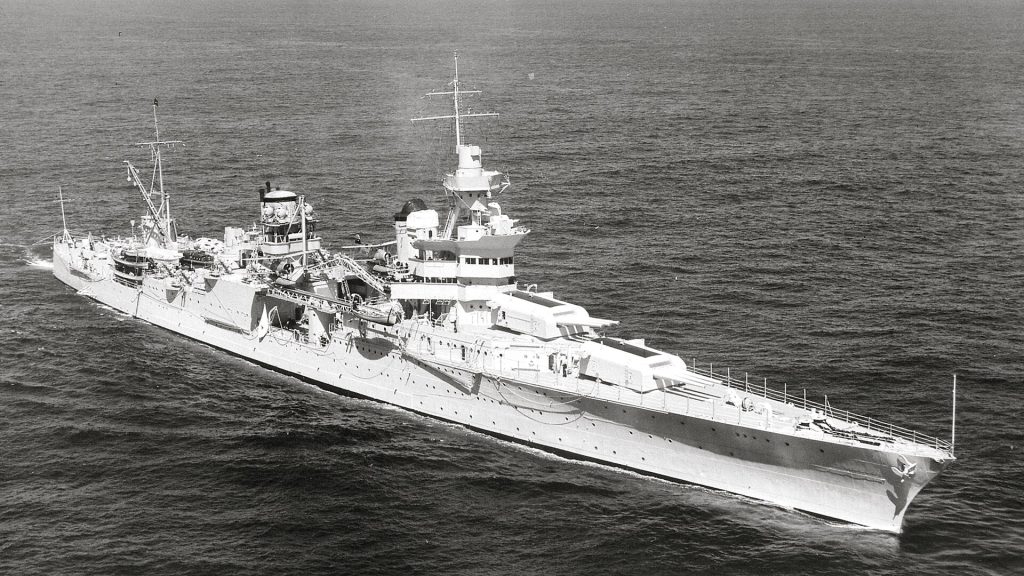
Named after the city of Indianapolis, Indiana, she combined speed, firepower, and durability, designed to operate as a fast, heavily armed vessel capable of engaging enemy cruisers and providing support to the fleet.
Background
With a standard displacement of 9,950 tons and a full load of approximately 12,755 tons, the cruiser could reach speeds of 32.7 knots, making her one of the faster capital ships of her era.
Her armament included nine 8-inch/55 caliber guns in three triple turrets, supported by eight 5-inch/25 caliber anti-aircraft guns, and a complement of smaller AA weapons that were upgraded during the war.
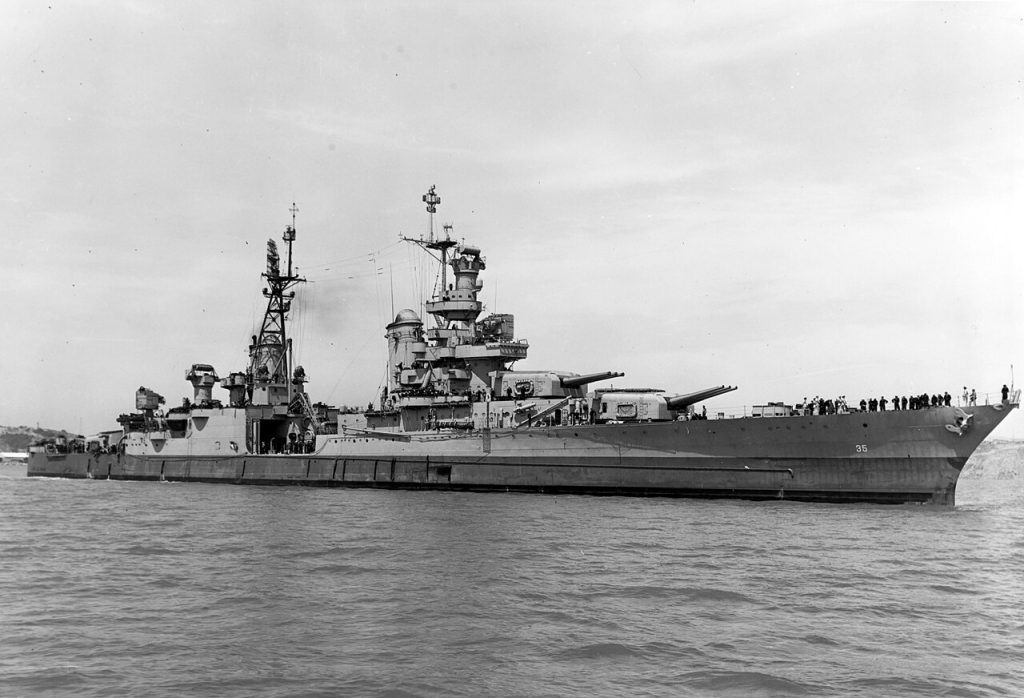
Throughout her service, the Indianapolis saw action across the Atlantic and Pacific theaters.
She participated in escort missions, shore bombardments, and support operations for amphibious assaults, earning a reputation as a reliable and capable cruiser.
Her most historically significant mission came in July 1945, when she was tasked with transporting critical components of the atomic bomb “Little Boy” to Tinian Island in the Mariana Islands. This top-secret mission marked her place in history, delivering the elements needed for the first nuclear weapon used in combat.
Tragedy
Tragedy struck just days after this mission.
On 30 July 1945, while en route from Guam to Leyte, the Indianapolis was torpedoed by the Japanese submarine I-58, commanded by Mochitsura Hashimoto. Striking the ship without any escort, the torpedoes caused catastrophic damage, and the cruiser sank in just 12 minutes.
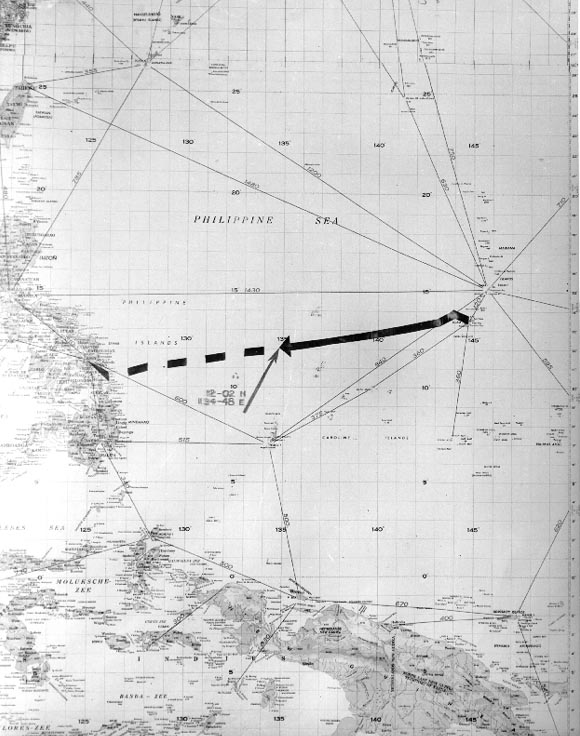
Of the 1,196 crew members aboard, roughly 300 went down with the ship. The remaining approximately 880 faced four days in open ocean, exposed to sun, dehydration, and shark attacks, before rescue arrived.
By the time the survivors were recovered, only 316 had survived. This remains the deadliest single-ship loss in U.S. Navy history.
Inquest
The aftermath highlighted serious flaws in naval communication and protocols.
The ship had not been reported missing promptly, contributing to the delay in rescue operations.
The event also led to controversy surrounding Captain Charles B. McVay III, who was court-martialled for failing to zigzag…a standard evasive procedure…but was later posthumously exonerated in 2000 after a Congressional resolution acknowledged that he bore no actual blame for the tragedy.
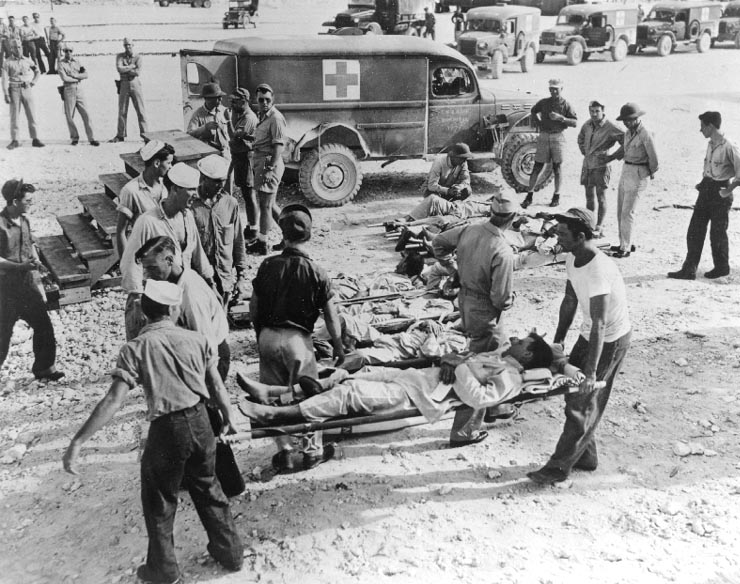
The wreck of the USS Indianapolis was eventually located on 19 August 2017, resting at a depth of approximately 18,000 feet, roughly 550 miles east of the Philippines. T
he discovery brought closure to a story that had haunted American naval history for decades, providing both a solemn memorial to those lost and a stark reminder of the dangers faced by sailors in wartime.
Legacy
The story of the USS Indianapolis is one of speed, power, and tragedy. Her service, culminating in the transport of one of the most significant weapons in history, and her catastrophic sinking, illustrate the extremes of naval warfare: strategic triumph shadowed by human loss.
Every detail…from her Portland-class design and armament, to her secret mission and tragic end…serves as a historical record of the perilous conditions of naval service in the Second World War.
